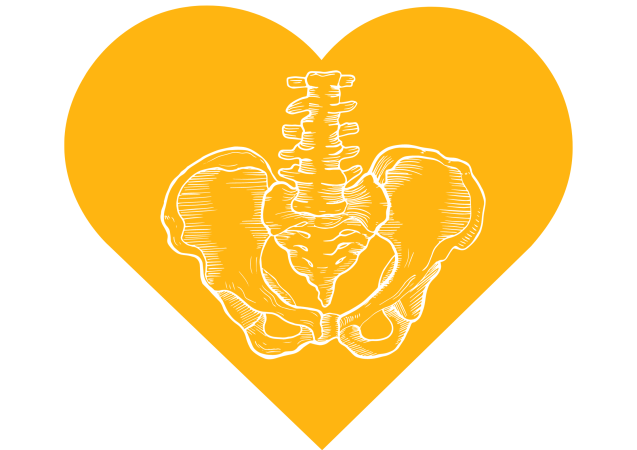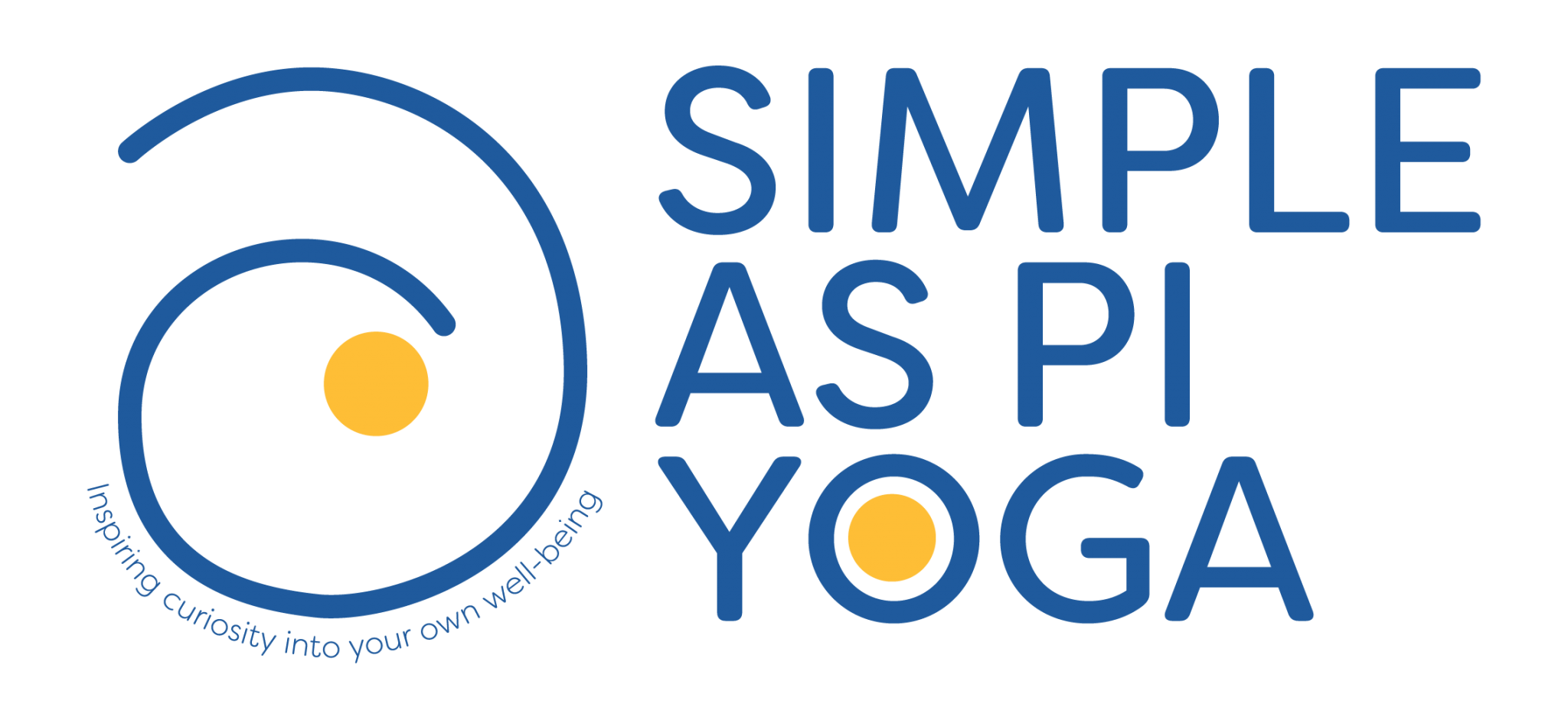


The pelvic floor is a network of muscles, ligaments, and connective tissues located at the base of the pelvis. It plays a crucial role in supporting vital organs and maintaining bodily functions. Commonly overlooked, this intricate web of muscles is responsible for various functions such as bladder and bowel control, sexual function, and overall stability, , so pretty amazing really! When we experience pelvic floor issues, it can lead to a range of problems, from incontinence to pelvic pain. In such cases, therapeutic yoga has been proven to as an integral complementary practice alongside pelvic floor exercises and the guidance of pelvic floor specialists.
Before we continue, I’d like to bust a major myth that has remained unclear to me for many years! While numerous well-meaning instructors and practitioners claim to provide classes that offer pelvic floor “strengthening exercises”, it is really important to note that this is inaccurate. Why you ask? It’s true that a wonderful instructor can guide you through exercises targeting the pelvic floor but, and it’s a big BUT (excuse the punn), this can in fact worsen one’s pelvic dysfunction. Instead, it is best to first seek examination and advice from a fully qualified ‘Pelvic Floor Physiotherapist’ whom prescribes tailored pelvic floor strengthening exercises.
Without such highly trained guidance we may be contribute to further pelvic floor pain or dysfunction. They have the expertise to assess and address your unique pelvic floor health, ensuring that the prescribed exercises are specifically tailored to your individual needs. It might seem really obvious as you read this but so many people do not take this initial step and jump straight into exercising further but I wish someone had told me this many years ago!
Understanding the wonderful Pelvic Floor
The pelvic floor comprises a group of muscles that form a hammock-like structure, supporting the bladder, uterus, and rectum. These muscles contract and relax to control the passage of urine and faeces, stabilise the spine, and contribute to sexual function. Despite its vital role, the pelvic floor often remains neglected until issues arise.
Common Pelvic Floor Issues
Many factors can contribute to pelvic floor dysfunction, including pregnancy, childbirth (yep that’s a doozey right?!), general aging, obesity, and certain medical conditions.
Common pelvic floor issues include:
- Incontinence: Weakening of the pelvic floor muscles can lead to urinary or faecal incontinence, affecting both men and women.
Incontinence affects 1 in 4 adult Australians.
Urinary incontinence affects up to 10% of Australian men and up to 38% of Australian women.
65% of women and 30% of men sitting in a GP waiting room report some type of urinary incontinence, yet only 31% of these people report seeking help from a health professionalContinence Foundation of Australia
- Pelvic Organ Prolapse: This is when the pelvic organs descend, such as the bladder, uterus, or rectum, into the vaginal canal. It is also a common issue among women who give birth.
- Pelvic Pain: Chronic pelvic pain, often associated with muscle spasms or tension, can significantly impact a person’s quality of life.
- Sexual Dysfunction: Pelvic floor dysfunction can contribute to sexual difficulties, affecting both arousal and satisfaction.
How Clinical Therapeutic Yoga Can Help

Clinical therapeutic yoga offers a holistic approach to pelvic floor health by addressing the physical, mental, and emotional aspects of well-being. It complements prescribed pelvic floor exercises and the expertise of a pelvic floor specialist. Here are some specific ways in which it can help:
Awareness and Mindfulness
This may seem almost too simple but prescribed therapeutic yoga specifically emphasises awareness of breath, posture, and muscle engagement. This heightened awareness allows individuals to connect with their pelvic floor, fostering a mind-body connection crucial for healing.
Gentle Strengthening
Yoga poses and sequences can gently strengthen the pelvic floor muscles without causing undue stress. Incorporating asanas (poses) that focus on the pelvic region can contribute to improved muscle tone and function.
“Our findings provide preliminary evidence to support the feasibility, efficacy, and safety of a group-based yoga therapy intervention to improve urinary incontinence in middle-aged and older women.”
Alison J Huang et al (2014) pp 147-154
Relaxation Techniques
Chronic tension in the pelvic floor can exacerbate issues. Therapeutic yoga incorporates relaxation techniques, such as deep breathing and meditation, to alleviate muscle tension and promote a sense of calm.
Posture Improvement
Proper body alignment is essential for pelvic floor health. Therapeutic yoga addresses posture issues, reducing the strain on the pelvic floor and supporting its natural function.
In the journey towards pelvic floor health, clinical therapeutic yoga stands as a valuable ally, working synergistically with prescribed pelvic floor exercises and the guidance of specialists. By embracing the holistic benefits of yoga, individuals can cultivate a deeper understanding of their bodies, promote healing, and enhance overall well-being. As awareness grows, therapeutic yoga may continue to play a pivotal role in empowering individuals on their path to pelvic floor health and vitality.
By Heather Robbins
C-IAYT Yoga Therapist
Business Owner & Director
Yoga & Meditation Teacher

References:
1. Continence Foundation of Australia: https://www.continence.org.au/about-us/our-work/key-statistics-incontinence
2. Alison J Huang et al (2014) A Group-Based Yoga Therapy Intervention for Urinary Incontinence in Women: A Pilot Randomized Trial, ‘Female Pelvic Medicine & Reconstructive Surgery 20(3):p 147-154, May/June 14.
